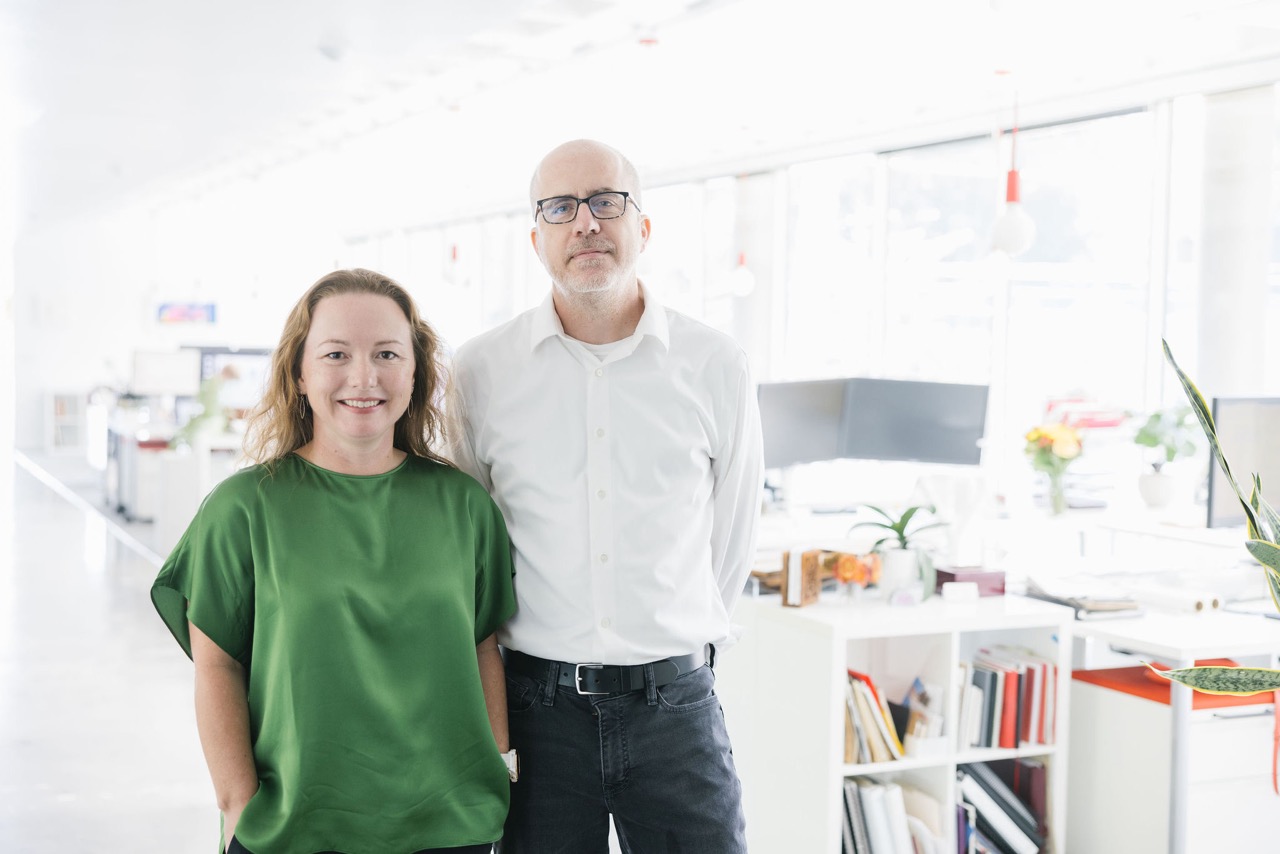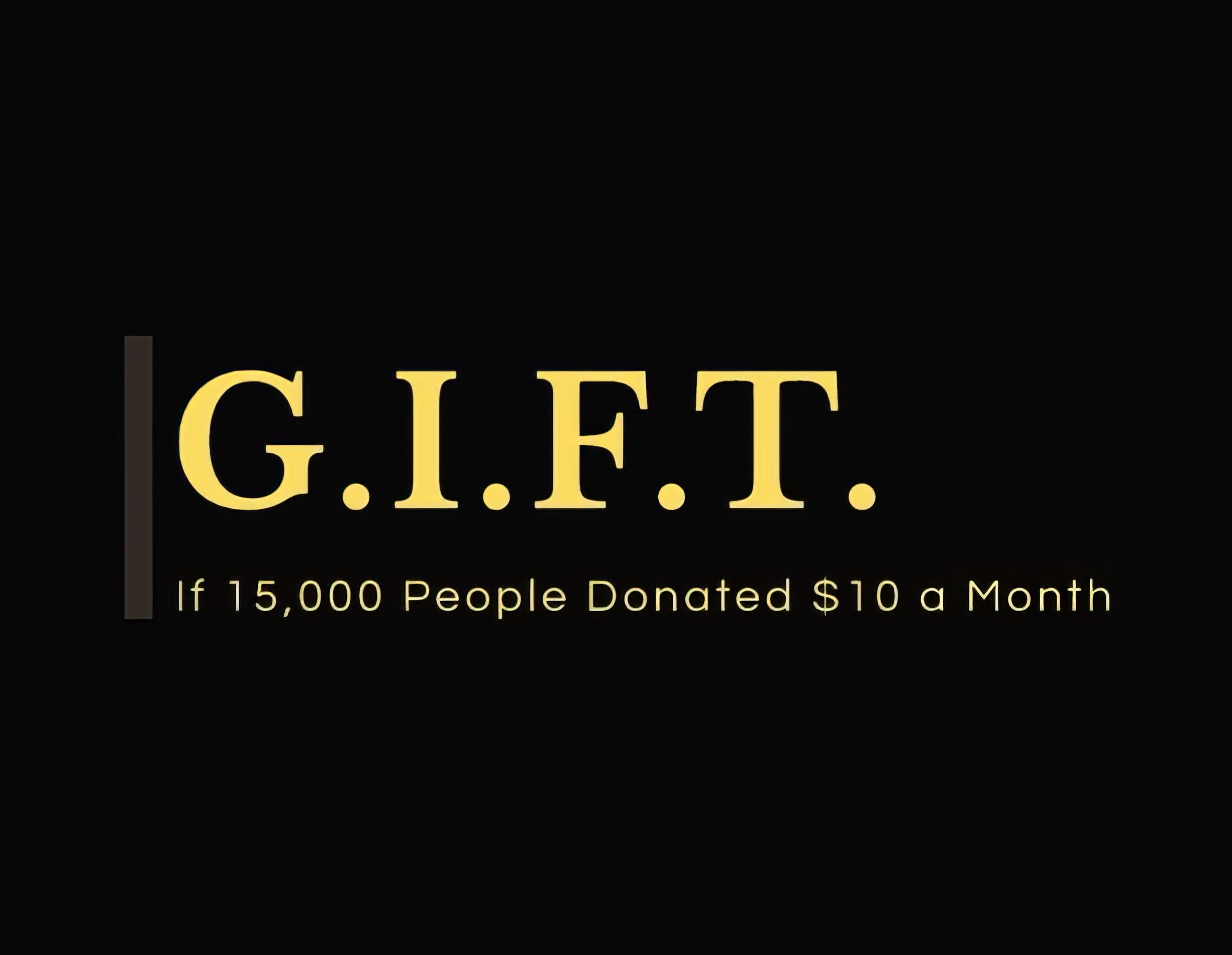COMMUNITY / AIA National Design Justice Summit: Health, Safety and Welfare
AIA National Design Justice Summit: Health, Safety and Welfare
Ashley Sadowksi, Senior Architect, AIA LEED AP BD+C
It’s been a couple of weeks since I returned from the AIA National Design Justice Summit and I’ve spent a lot of time reflecting on what I learned from this incredible experience.
The premise of the three-day summit in New Orleans addressed how social justice issues can be integrated into the architectural profession and the physical spaces we occupy.
The event brought together an exceptional cohort of 24 social impact architects and designers from across the country to share knowledge, and I am honored to have been a selected candidate. Each design advocate brought a truly holistic perspective to AIA’s mission to address the “health, safety and welfare” in our communities. The last charge, “welfare,” was noted as the least defined of AIA’s mission and this offered a powerful framework for social justice to integrate into the architectural practice.
Bill Bates, President of 2018 AIA National, welcomed us and encouraged us to see how this forum could reimagine our profession. He played an integral role throughout the weekend attending all sessions and actively participating.
Among many other activities, we participated in a series of panel discussions related to design justice, including equity in community engagement, institutional advocacy and equitable physical space. We were trained in a “Design As Protest” workshop aimed at identifying design opportunities to address social injustice. This included collective power mapping and identifying spheres of influence that determine how physical space and social equity are determined.
My small group focused on health and housing as primary power systems that can result in injustices within our communities when not equitably addressed. This can manifest itself through lack of access to healthy foods, health amenities, resources, and health of the indoor and outdoor air quality surrounding one’s community, etc.
We then applied design thinking to address these injustices within the physical environment. Remarkably different than the current approach to architectural practice, the solutions flowed seamlessly between projects, programs, and policies. These opportunities included issues of environmental design, reimagining the design practice, and evolving the systemic policies that perpetuate injustice. Below are three design solutions that manifested themselves through a temporal or ephemeral intervention, an interim solution, and a permanent change.
An Ephemeral Intervention: It is one thing to understand the meaning of a food desert. It is quite another to experience it first-hand. We propose taking major stakeholders such as health foundations, health department, philanthropic organizations, and economic development agencies on a health and housing “scavenger hunt” in a specific neighborhood of interest. These individuals would be asked to limit themselves to walking and public transportation to experience the lack of healthy amenities and accessibility within a neighborhood. For example, they would experience the lengthy amount of time it takes to get to fresh fruits or vegetables or a doctor’s office.
Temporal Solution: “If these Walls Could Talk.” Boarded up homes in under-utilized neighborhoods are a symbol of community life that has since been silenced. By reimagining these boards as an artistic canvas or a “paper monument” to the neighborhood history, the homes and buildings could speak to once was and perhaps spark what could be again. Perhaps if a boarded window faced into the kitchen, you would see a little girl at the kitchen table while her mother cooks dinner. Reimagining these abandoned places to be living and breathing homes could stir a resurgence of energy within a community.
Permanent Change: A program extension of healthy homes initiatives as seen in Kansas City, MO. The vast majority of landlords in urban areas including Kansas City, manage a small number of properties that they are able to keep at fairly affordable rates. Operating in second to third tier markets, these small-scale landlords operate with no incentives and often limited sophistication for managing the properties. Though deemed affordable, this often comes at the expense of properly maintaining the building to create a safe and healthy living environment for their tenants. Healthy homes initiatives, such as policies recently passed in Kansas City Missouri, aims at fining those landlords that cannot adequately maintain their properties. Critics worry this may result in unattainable rents for existing tenants as their management costs increase. As urban centers revitalize and continue to spread growth into these submarkets, gentrification could also persuade landlords to attract higher-income residents who will pay the now higher rents demanded for well-managed buildings.
We proposed that in addition to the “stick” approach that fines the landlords for building/health violations, a “carrot” solution would create incentives for creating healthy living environments in exchange for keeping rents at affordable rates for the next 10-15 years. Not unlike the concept behind Low Income Housing Tax Credits (LIHTC), we would provide an injection of capital to offset management expenses which would allow rents to stay close to their current level or some agreed upon level of average median income (AMI). This would significantly slow down the threat of gentrification while creating healthier living environments in our existing building stock.
I have many take-aways from the Summit, but a particular question that arose undoubtedly altered my approach to practice: How do those underserved and underrepresented in the design process- women, people of color, and the poor- continue to C L A I M S P A C E in our physical environment?
Shaping our physical environment falls under the purview of developers and architects which has long since been seen as a [white] gentlemen’s profession. We, as citizens and designers, need to find opportunities to claim our cultural entitlement within our communities. It begins with art and temporary exhibits and grows to public plazas and eventually encapsulates our buildings and the policies that shaped them. Only then will we truly be benefiting the welfare of the many over the privileged few.
This is the “master builder” for our generation. A translator, a diplomat, and a visionary that can advocate, and sometimes fight, for the change we want to see in the world.
Local/Global, Practice
Share This Story


